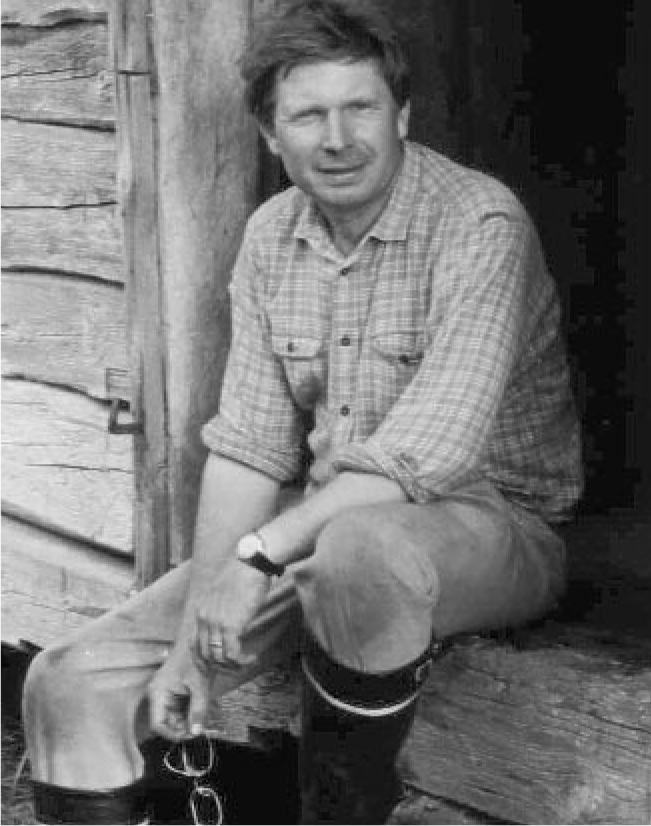Teijo Erik Vilhelm Åberg
DOI: 10.1063/1.1397402
Teijo Erik Vilhelm åberg, originator of seminally unifying insights into atomic theory, died in Helsinki, Finland, on 29 December 2000, after a long illness.
Teijo was born on 4 August 1937 in Helsinki. He earned the following degrees at the University of Helsinki: a Nat. Cand. (BSc) in physics and mathematics (1959); Phil. Cand. (MSc) in astronomy (1960); Phil. Lic. (CSc) in physics and mathematics (1967); and Phil. Doc. (PhD) in physics (1969). Subsequently, he held a Nordita fellowship (1969–70) at Uppsala University in Sweden and a postdoctoral fellowship (1971) at the University of Chicago under the late Ugo Fano.
In 1971, Teijo was appointed an associate professor of physics at Helsinki University of Technology, where he spent the remainder of his career, with the exception of periodic visiting professorships at the University of Uppsala; University of Oregon; University Pierre and Marie Curie (University of Paris VI); Kansas State University; and KEK, the High Energy Accelerator Research Organization in Tsukuba, Japan.
Teijo’s work has influenced the understanding of electron processes and dynamics in molecular science and in solid-state systems. His scientific work was characterized throughout by deep insight into atomic dynamics, symbiotic integration of theoretical advances with experiment, and an uncanny ability to unify seemingly diverse processes by a common theoretical explanation.
In the early 1960s, work by Manfred Krause and Tom Carlson at Oak Ridge National Laboratory added to evidence that more than one electron can be emitted on absorption of a photon by an atom. Because the photon–electron interaction is described by a one-electron operator, the central-field frozen-core model available at the time did not predict changes of state of more than one electron. It became known only subsequently that direct multiple-excitation processes arise from electron correlation. Teijo was intrigued by this puzzle, which could also lead to an explanation of the origin of long-observed x-ray “satellites” that accompany regular “diagram” lines if the emitting atom is multiply ionized. This question dates as far back as Felix Bloch’s work in 1935. Teijo was thus led to formulate a general theory of x-ray excitation, based on the sudden approximation and imperfect wavefunction overlap between initial and final states, calculated invoking closure. This theory, with later elaboration, applies to a wide range of atomic and molecular processes, including radiationless (Auger) transitions.
Teijo expanded upon this comprehensive approach in 1972. Three years later, at an Advanced Study Institute in Carry-le-Rouet, France, Teijo reported on progress in a talk described as “visionary” by Werner Mehlhorn. Mehlhorn recalled that he “was convinced that Teijo had taken a decisive new step, the second most important since Gregor Wentzel’s.” In his role as editor, Mehlhorn invited Teijo to write a monograph on the theory of the Auger effect for the Handbuch der Physik. The monograph, coauthored by G. Howat, was published in 1982 and still is widely used.
In subsequent years, with assistance from collaborators including Jaakko Juhani “Jukka” Tulkki, Mau Hsiung Chen, and members of the Oregon group, Teijo generalized what started as simple “shake theory” to a comprehensive time-independent resonant-scattering theory. According to the latter theory, the creation of x rays and Auger electrons by photon impact on atoms is treated as a one-step resonant scattering process in which the number of electrons is conserved. The transition matrix amplitude is expressed by what Teijo affectionately called the “Grandfather formula.” The comprehensive scheme and its relativistic generalization compose a range of phenomena, including processes previously considered disparate; it thus has become a powerful unifying approach. The theory—the crowning achievement of Teijo’s scientific career—elucidates aspects of multiphoton processes, multielectron excitation, postcollision interaction, and resonant inner-shell Raman transitions.
Teijo influenced his students and younger collaborators, who continue to conduct important research. Those who knew and worked with Teijo will recall the clarity of his thinking and exposition, incisiveness, enthusiasm, personal warmth, informality, and patience in helping students and colleagues alike. They will remember happy times working on tough problems or skiing in the Cascade Mountains, where he would amaze them with Telemark turns taught to the Finnish ski troops. Teijo will be missed very much.


More about the Authors
Bernd Crasemann. University of Oregon, Eugene, US .
